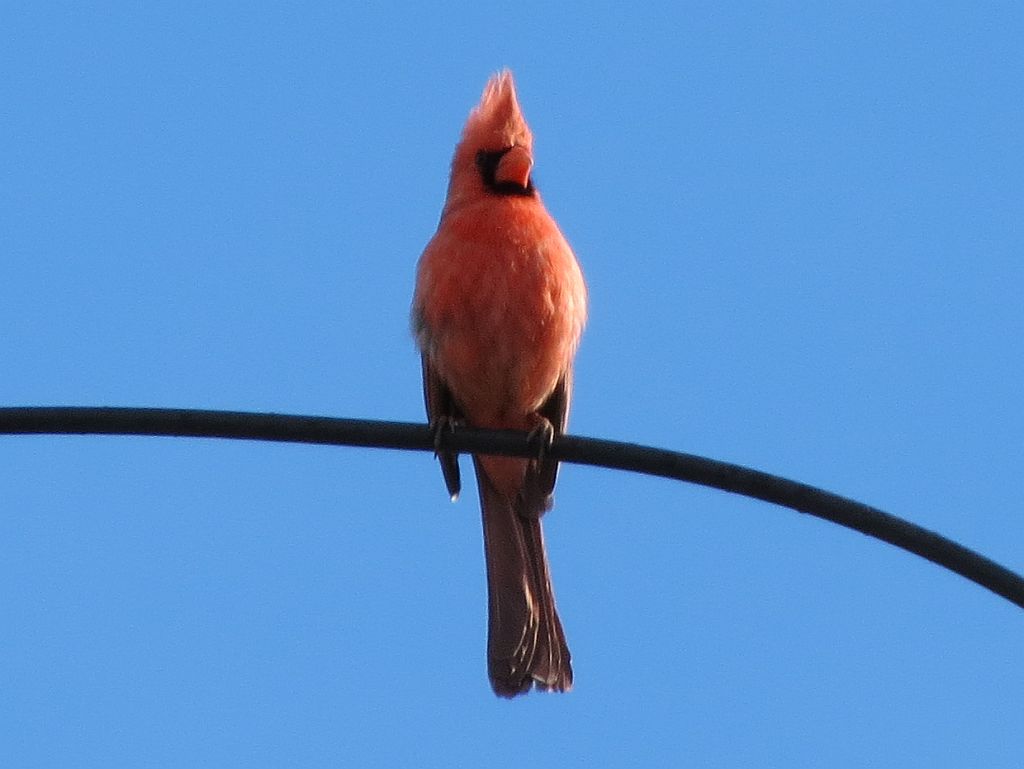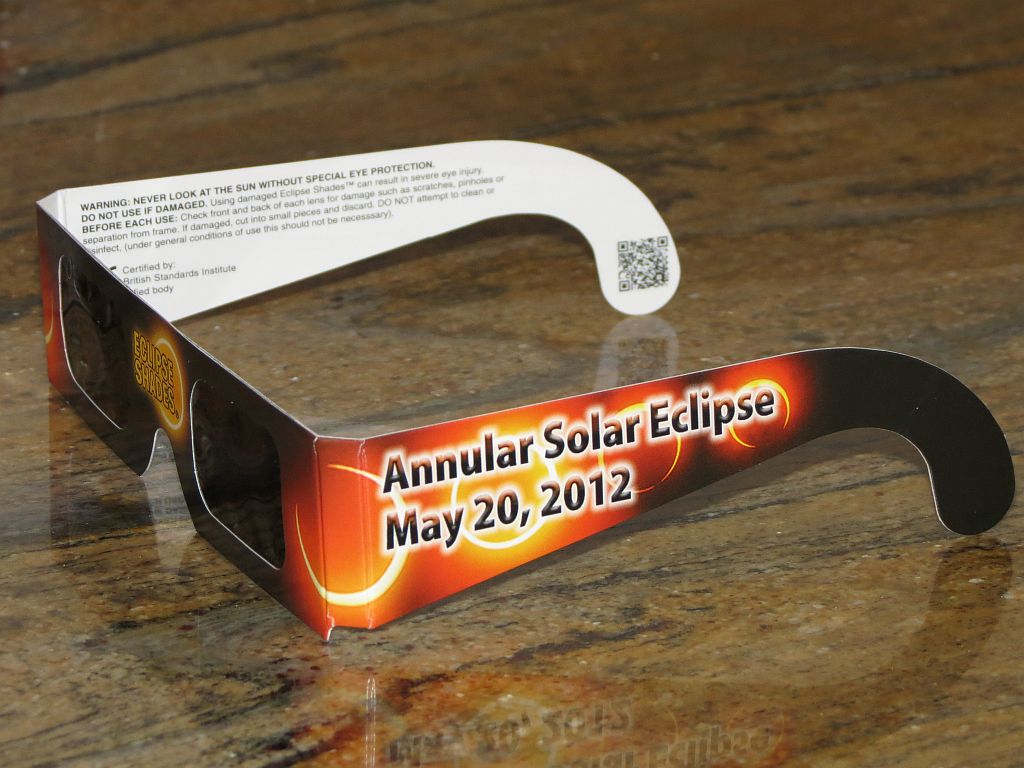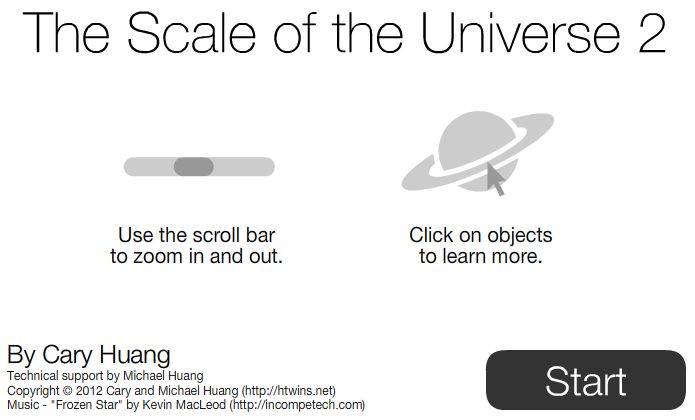Sebastian posted a bleg yesterday asking about observing the 2012 transit of Venus across the solar disk.Since I have been preparing for the annular eclipse, I posted a comment there pointing to my recent experiences with solar photography. His post got me to look up some information about the transit since we wanted to observe it here, too.
I found the NASA map of global visibility (Image courtesy of NASA) Going to the link helps you to decode the map elements (I,II,III,IV). Click on the map to enlarge.
There is a listing of transit contact events for US cities (and another for international). The closest city listed to our location is Phoenix, AZ. The first event is when the disc of Venus first touches the solar disc occurs at 15:05:55 (Arizona Time); the sun will be 54° above the horizon. The second event is when the other edge of Venus crosses the edge of the sun and occurs at 15:23:32; the sun will be at 50° of elevation. The last transit contact listed is greatest transit which, I assume, is when Venus is halfway across its path over the sun; that occurs at 19:25:24 when the sun is at 13° of elevation.
Nobody in the 48 contiguous states can witness the entire transit because it will not be over until after sundown. It will be entirely visible in Alaska and Hawaii, however.
So, I guess we will keep the eclipse shades and solar filters handy for another three weeks or so. We wouldn’t want to miss this transit since the next one will not be until December of 2117.

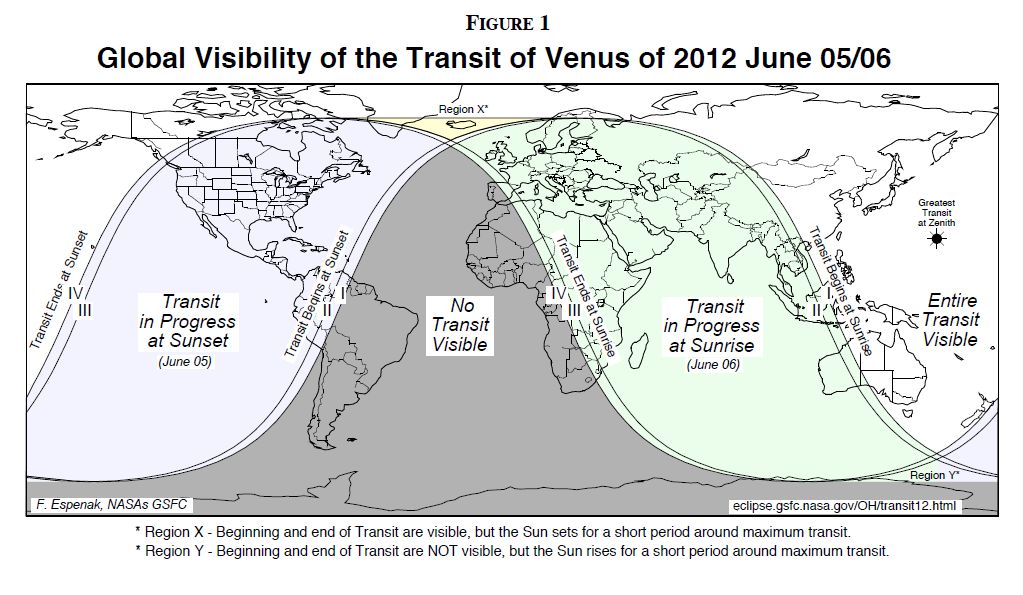

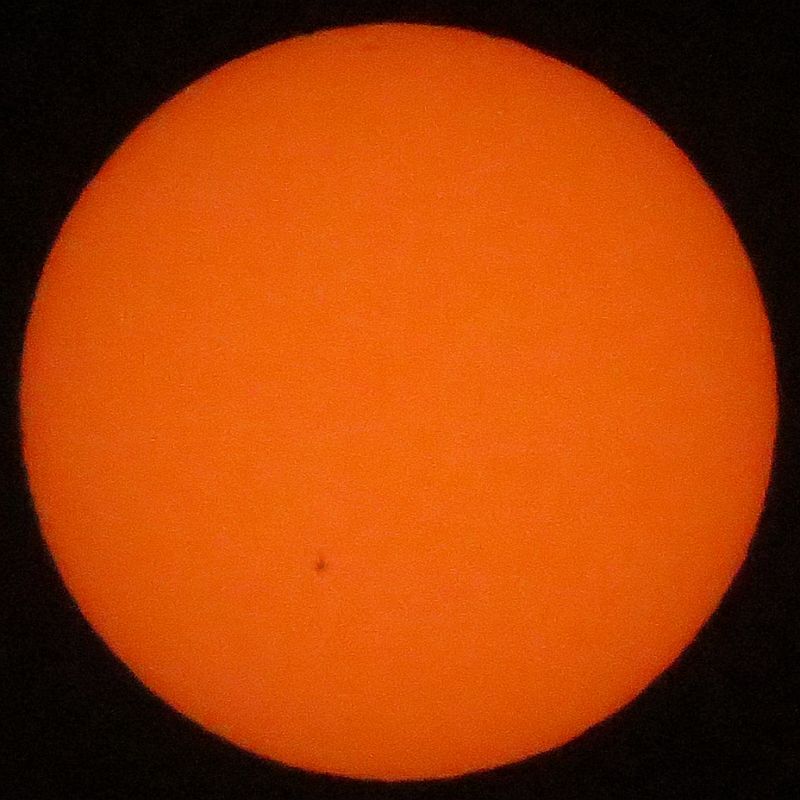
 Click on the solar image to enlarge.
Click on the solar image to enlarge.
